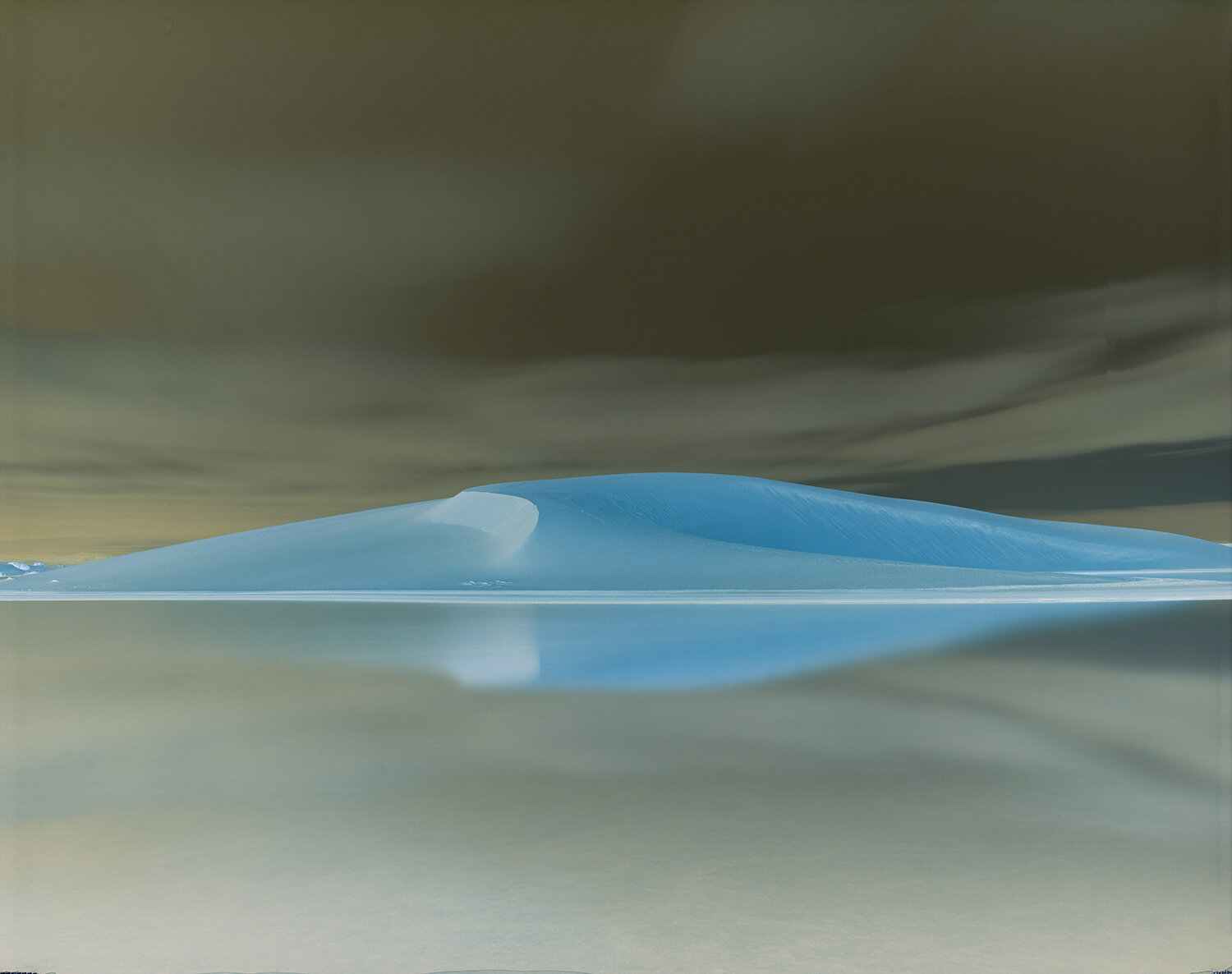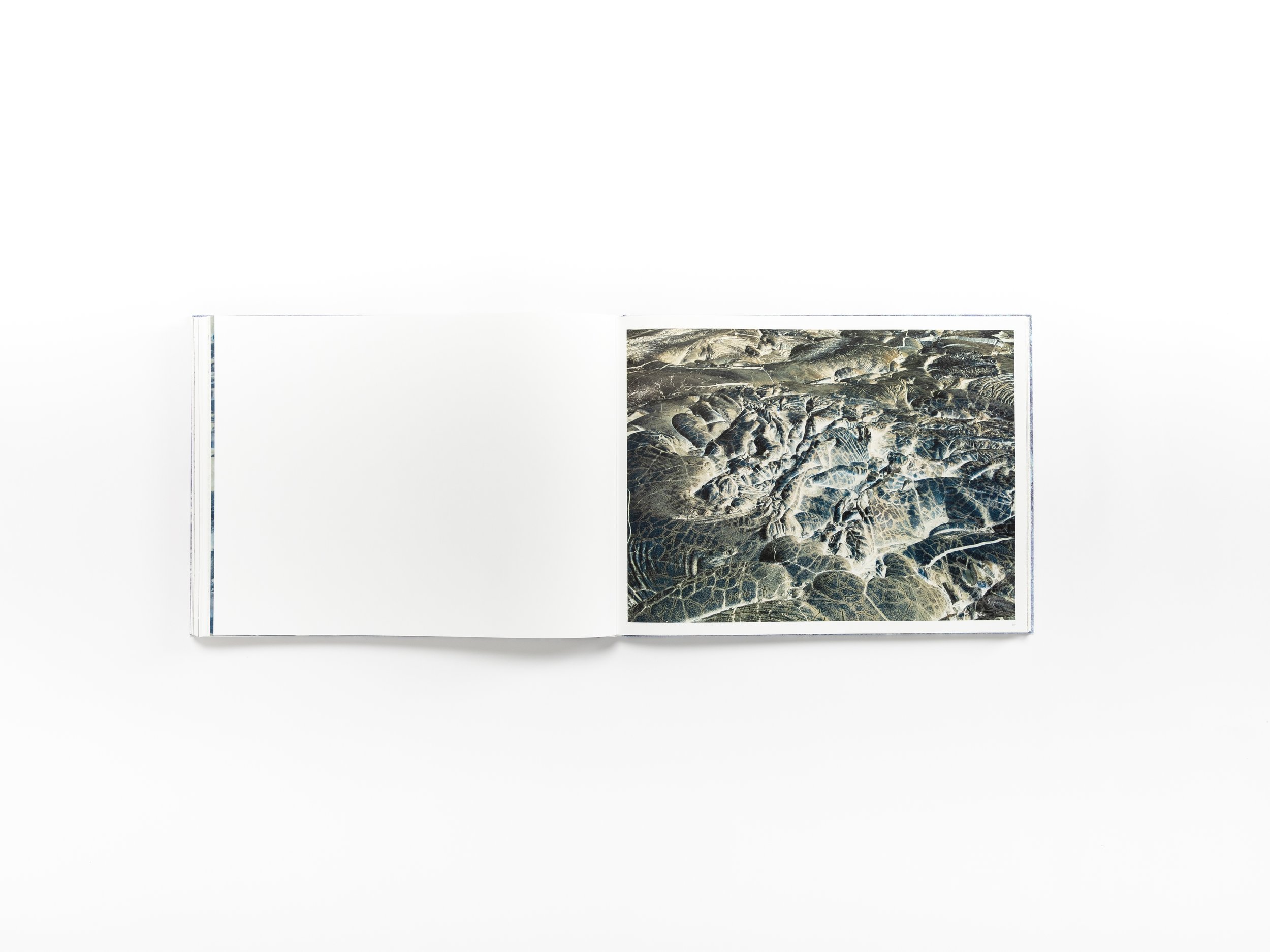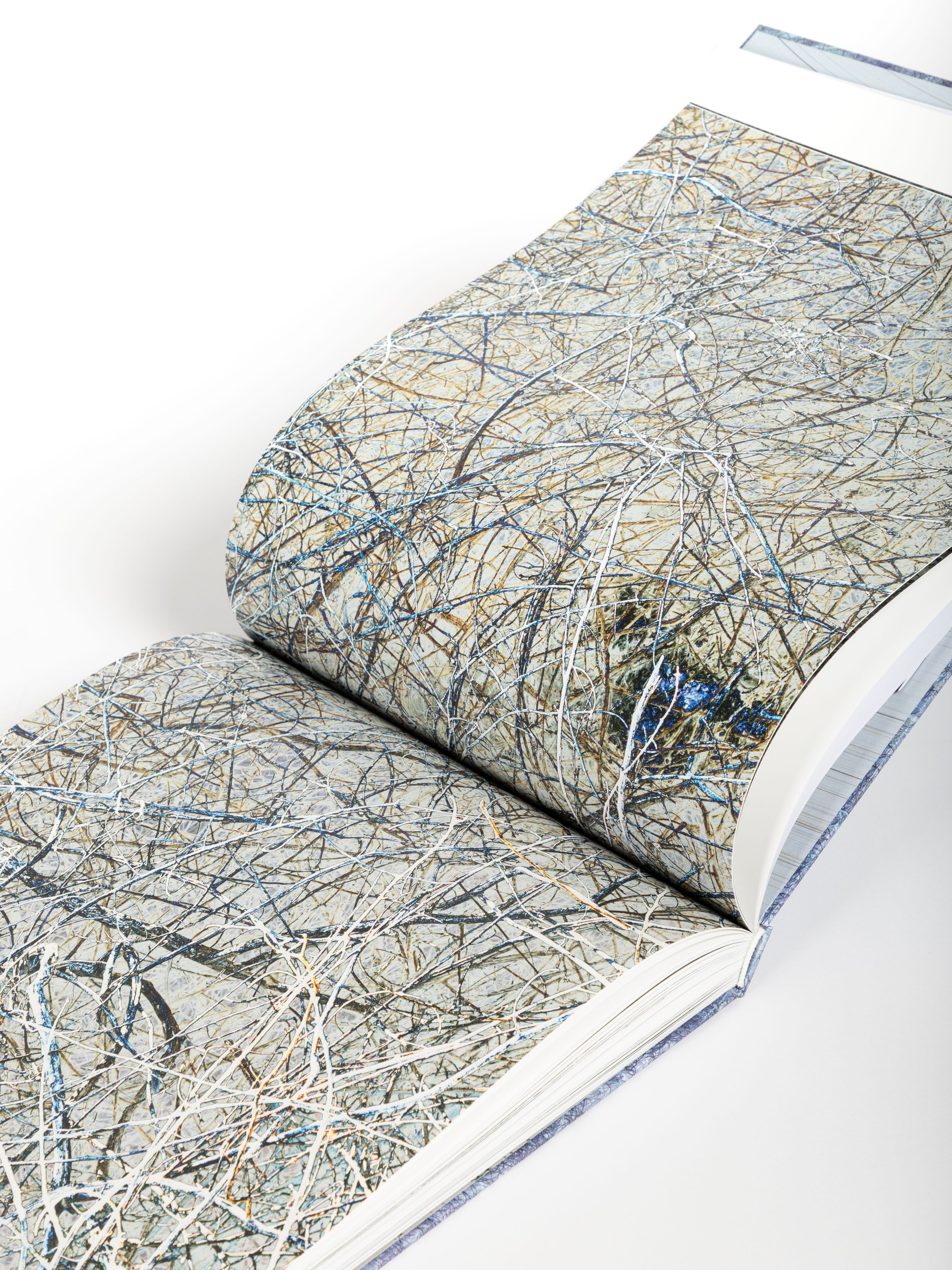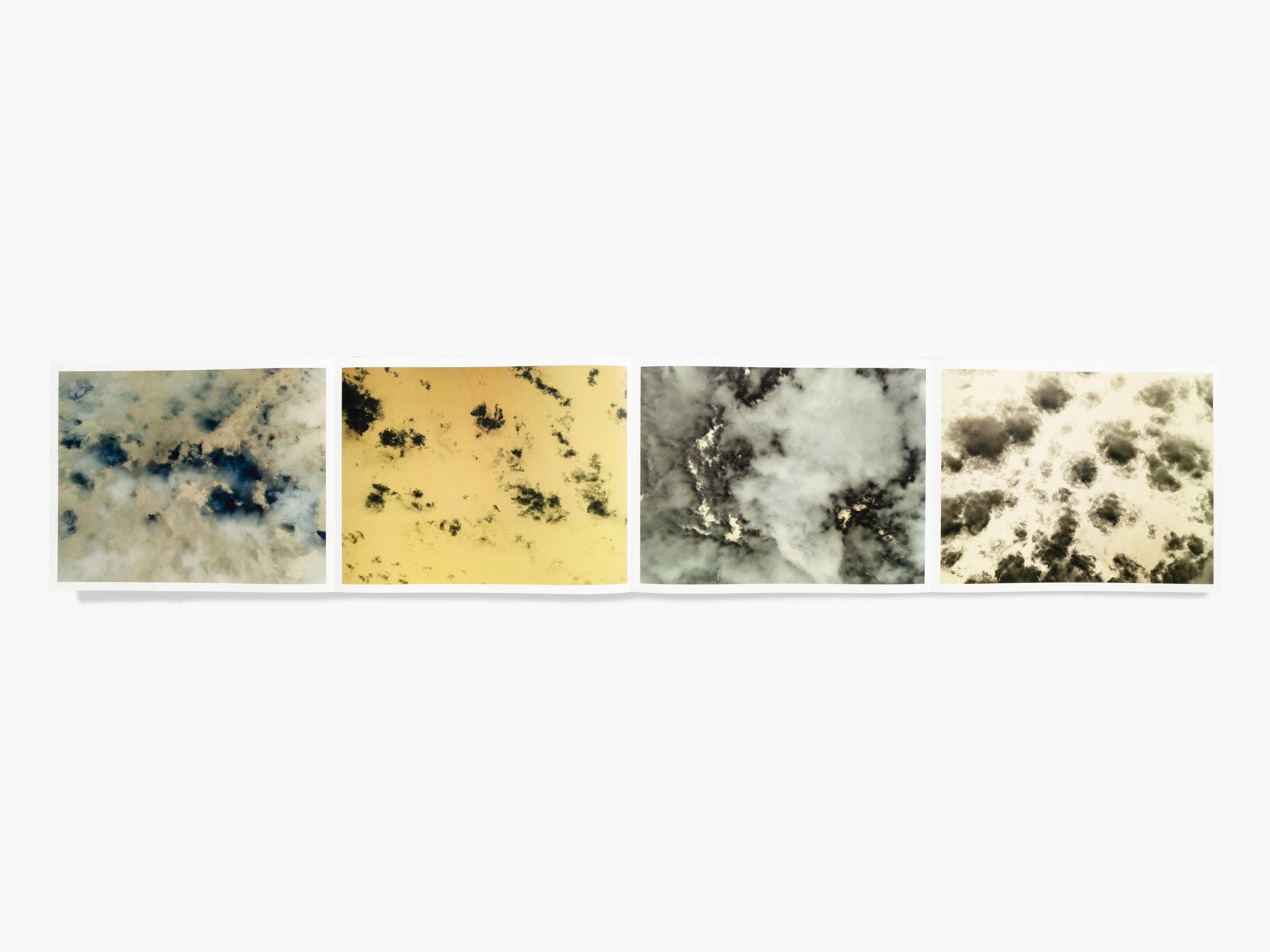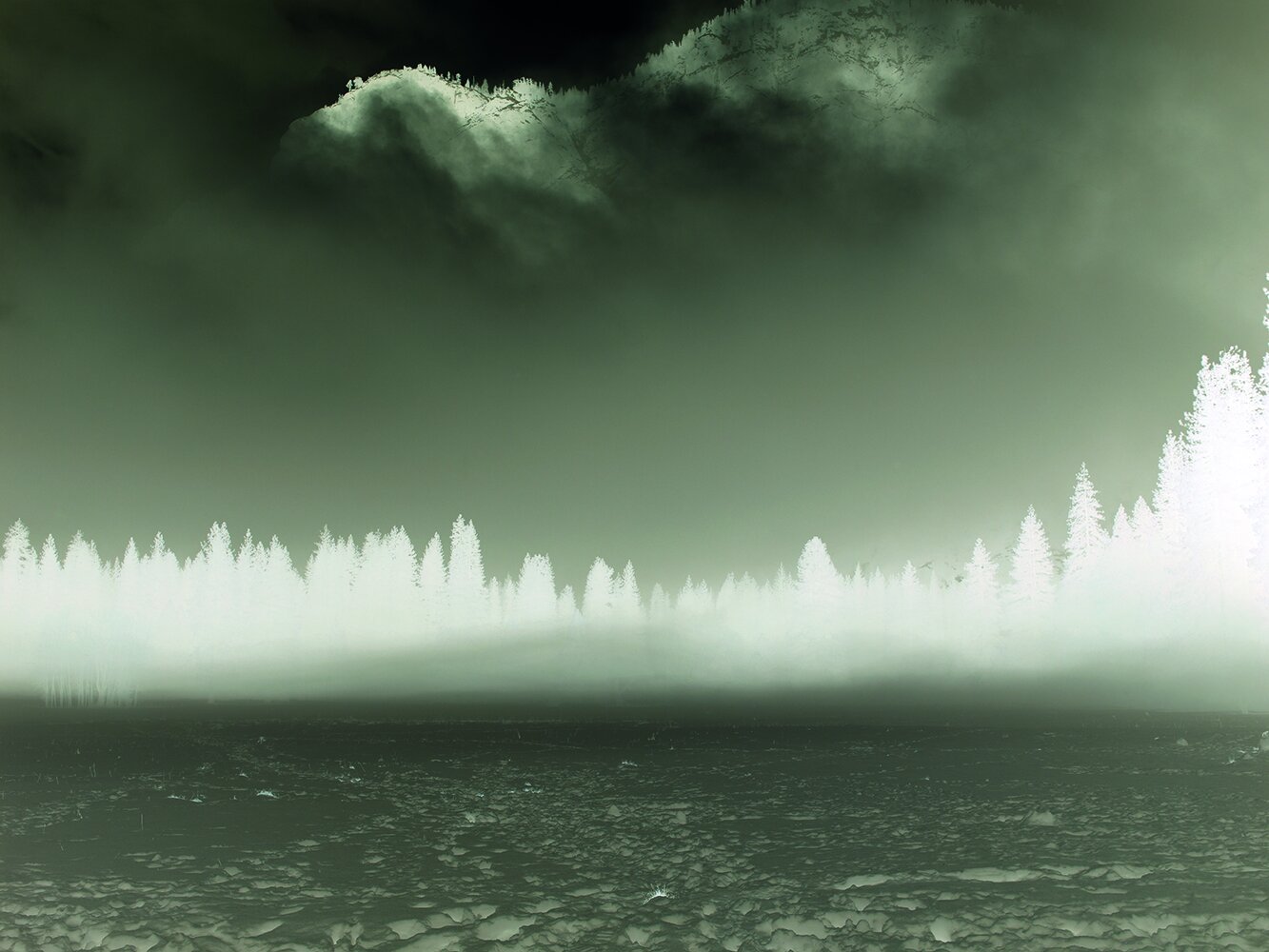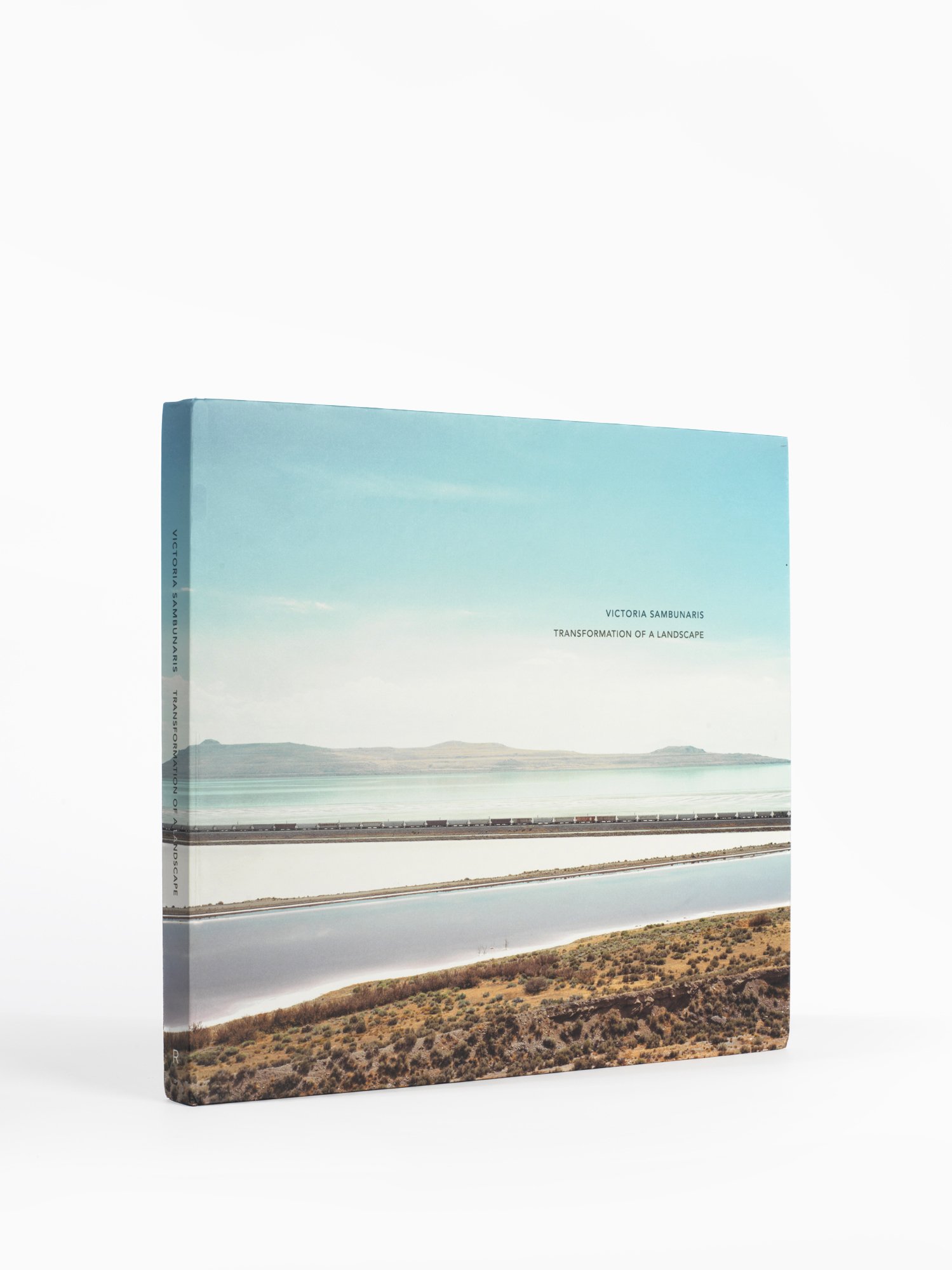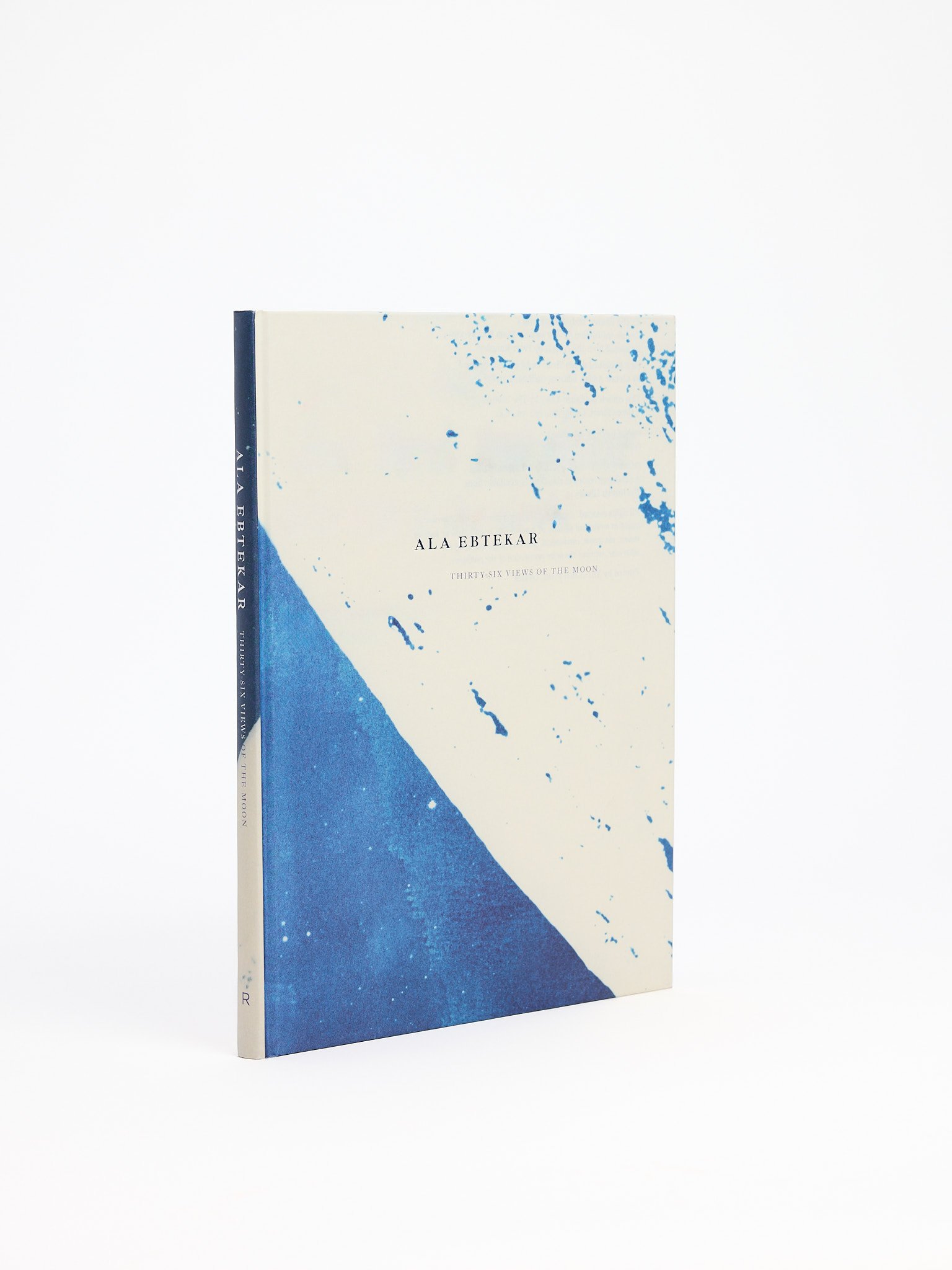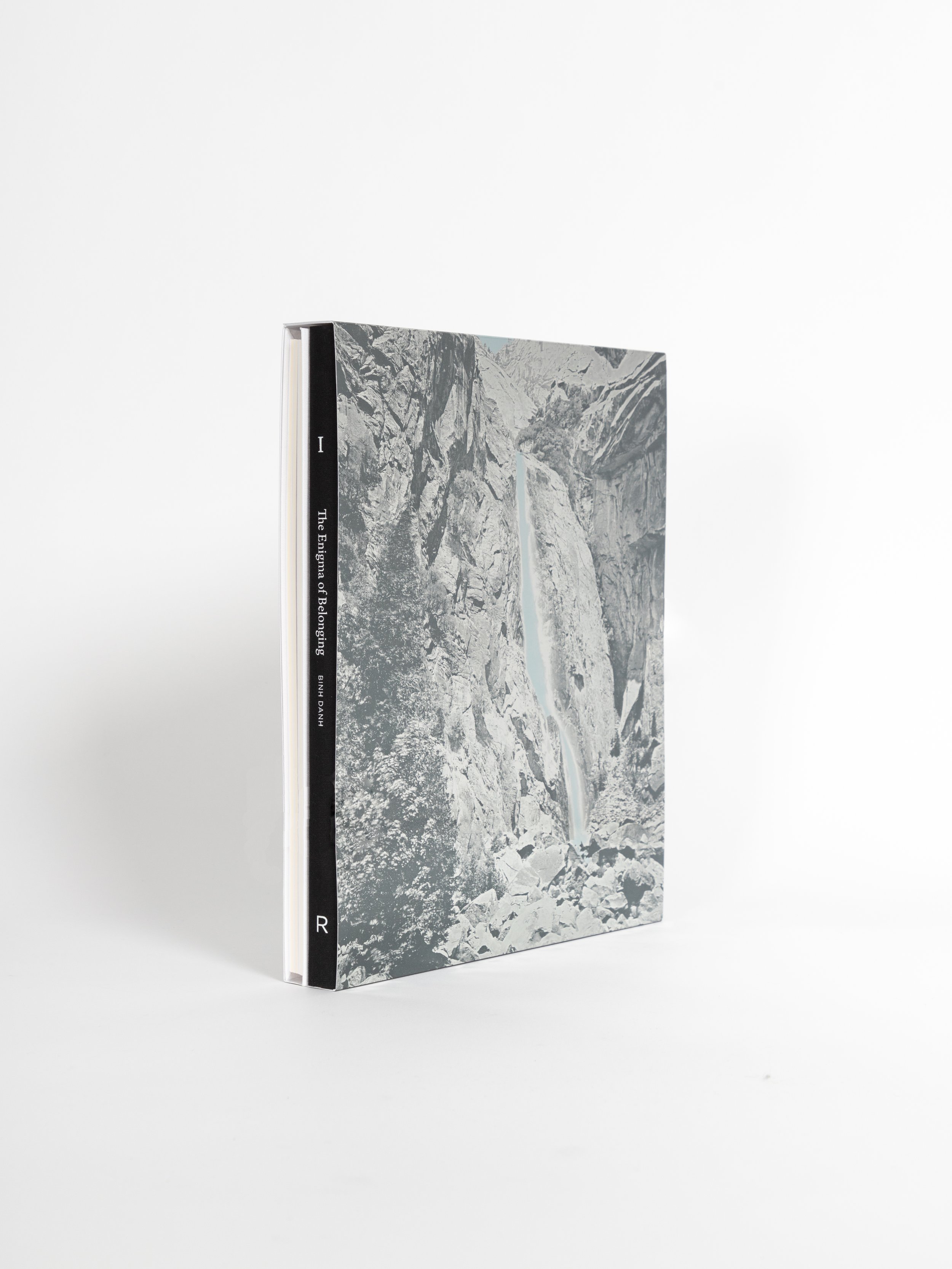Richard Misrach: Notations
Photography didn’t invent black-and-white imagery, but it certainly caused it to proliferate so widely that when color was introduced to the medium, it seemed almost unnatural. With his new work, Misrach appears determined to renew that sense of unfamiliarity—to revive the idea that color is unreliable, artificial. But he is careful not to put its seriousness at risk. It’s a tricky balance to strike.
– Nancy Princenthal, Art in America
Ansel Adams, a classical pianist as well as renowned photographer, compared the photographic negative to a musical score that can be interpreted/printed in numerous ways. John Cage, the avant-garde composer, compiled scores by numerous composers and artists and presented them as graphic art in the 1969 publication Notations. It is the merging of these two ideas, from these unlikely sources, that form the foundation for this project. Since 2006, coinciding with photographer Richard Misrach's shift away from analog film to working exclusively with a digital camera, he has been interested in the negative image in photography as an aesthetic experience in its own right. This body of work—and book—is an homage to the end of the analog era in photography.
Photography didn’t invent black-and-white imagery, but it certainly caused it to proliferate so widely that when color was introduced to the medium, it seemed almost unnatural. With his new work, Misrach appears determined to renew that sense of unfamiliarity—to revive the idea that color is unreliable, artificial. But he is careful not to put its seriousness at risk. It’s a tricky balance to strike.
– Nancy Princenthal, Art in America
Ansel Adams, a classical pianist as well as renowned photographer, compared the photographic negative to a musical score that can be interpreted/printed in numerous ways. John Cage, the avant-garde composer, compiled scores by numerous composers and artists and presented them as graphic art in the 1969 publication Notations. It is the merging of these two ideas, from these unlikely sources, that form the foundation for this project. Since 2006, coinciding with photographer Richard Misrach's shift away from analog film to working exclusively with a digital camera, he has been interested in the negative image in photography as an aesthetic experience in its own right. This body of work—and book—is an homage to the end of the analog era in photography.
Photography didn’t invent black-and-white imagery, but it certainly caused it to proliferate so widely that when color was introduced to the medium, it seemed almost unnatural. With his new work, Misrach appears determined to renew that sense of unfamiliarity—to revive the idea that color is unreliable, artificial. But he is careful not to put its seriousness at risk. It’s a tricky balance to strike.
– Nancy Princenthal, Art in America
Ansel Adams, a classical pianist as well as renowned photographer, compared the photographic negative to a musical score that can be interpreted/printed in numerous ways. John Cage, the avant-garde composer, compiled scores by numerous composers and artists and presented them as graphic art in the 1969 publication Notations. It is the merging of these two ideas, from these unlikely sources, that form the foundation for this project. Since 2006, coinciding with photographer Richard Misrach's shift away from analog film to working exclusively with a digital camera, he has been interested in the negative image in photography as an aesthetic experience in its own right. This body of work—and book—is an homage to the end of the analog era in photography.
YOU MAY ALSO LIKE
-
Photography by Richard Misrach
Conversation with Darius Himes
Hardcover
16.75 x 13 inches
196 pages / 92 images
Trade ISBN: 9781942185956
Signed ISBN: 9798890180469 -
Richard Misrach (b. 1949) is one of the most influential photographers working today. For the past 50 years, he has used visually stunning, large-scale color vistas to address human intervention on the natural world. His best-known epic series, Desert Cantos—39 distinct and interrelated chapters about the western landscape—includes Border Cantos made in collaboration with the experimental composer/sculptor Guillermo Galindo. Dealing with the unseen realities of the US-Mexico borderlands, this show, organized by the San Jose Museum of Art in 2016, and reconfigured by the Crystal Bridges Museum of American Art, has so far traveled to 12 museums. Other significant series include Misrach’s Golden Gate study of weather and light, his exploration of the polluted cancer alley of Louisiana, his haunting documentation of the aftermath of Hurricane Katrina, and his aerial views of ocean and beach in Hawaii. A year-long exhibit of his early Telegraph 3AM series is currently on view at the Museum of Modern Art. He lives and works in Berkeley, California.


